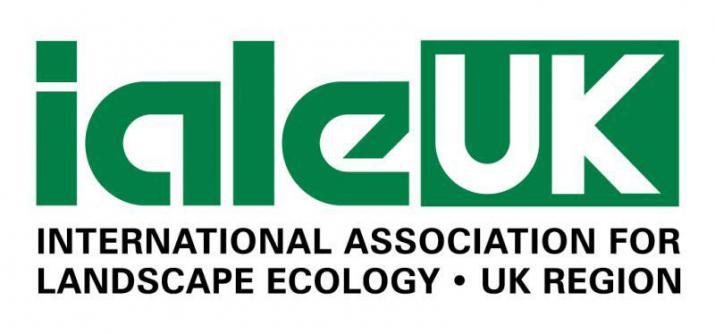
England’s first twelve Nature Improvement Areas (NIAs) are those landscapes and partnerships of people who rose to that challenge of achieving well-connected habitats, and a resilient natural environment as set out by the Natural Environment White Paper three years before. So how did they do? How much really has been achieved and what lessons were learnt from the experience and successes? The 2 year progress report (published in November 2014) documents some of the answers to these questions and also begins to show the potential longer-term ‘legacy’ benefits of the NIA programme that may be realised beyond the three year grant funding period. The report is still available through the old Natural England website http://publications.naturalengland.org.uk/publication/5542385517854720, or the government website https://www.gov.uk/government/publications/nature-improvement-areas-improved-ecological-networks/nature-improvement-areas-about-the-programme. Key outcomes for the 12 NIA’s have included:
Facts and Figures
• In total, an area of 7,451ha are currently being managed to create or restore priority habitats; and 11,342ha to maintain or improve priority habitat condition.
• A total of 87km of boundary and linear priority habitat has been restored or created.
• A total length of 10.5km of public rights of way and permissive paths have been improved or created, with access improved to a further 532km.
• All the NIA partnerships have designed and delivered activities with the explicit objective of providing education and learning benefits. In the three NIAs that reported on this, a total of 11,739 people had participated in educational visits.
• A total of 24,326 days of volunteer time was reported. The majority of this time (23,791 days) was on types of volunteering also likely to result in health and wellbeing benefits.
Qualitative Achievements
• The increase in connectivity is difficult to quantify, but NIA partnership research and reporting has added to the understanding of how to deliver improved connectivity and how to measure change. A best practise workshop disseminating the experience learnt on connectivity is planned in February 2015
• All the NIA partnerships are developing knowledge or skills in these rapidly developing areas and they are forging links with universities and research institutions that should provide long term benefits.
• The NIA partnerships are making reasonable progress: 55% of relevant objectives in their funding agreements were assessed as being on, or ahead of schedule; the remaining 45% were behind schedule but there has been ‘satisfactory or good’ progress.
• Many of the NIA partnerships’ activities will result in impacts that will only be fully realised in the long-term. It is a challenge for both existing monitoring systems and those developed specifically for the NIA programme to provide a direct measure of their outcomes and impacts during the three year funding period.
Ecosystem Services
• The NIA partnerships are improving ecosystem services; for example, in the three NIAs that reported it, a total of 9,189ha of habitat had been managed to improve water quality.
• cultural services: for example, enhancing landscape character, increasing access to green space and facilitating understanding of the natural environment;
• supporting services: for example, improving conditions for pollinators;
• regulating services: for example, changing land management to improve water quality and increase carbon storage and sequestration, and providing improved flood storage capacity and river flow management
• Provisional Services: for example, More sustainable agriculture and woodland management practices have delivered provisioning services (e.g. food, timber).
Social
• Community engagement activities have led to the development of new social networks, or the strengthening of existing ones, mostly as a benefit of volunteering.
• The NIA partnership activities that are delivering spiritual, cultural and aesthetic benefits include enhancing a sense of place and artistic enhancements / representations of local places.
• Six NIA partnerships reported economic benefits, for example through promoting bio-fuel markets.
• Across the NIAs there are ambitions to continue the partnerships and to deliver outcomes after the end of the NIA funding period in 2015.
References:
Collingwood Environmental Planning (2014) Monitoring and Evaluation of Nature Improvement Areas: Year 2 (2013-14) Progress Report. Defra Research Project WC1061